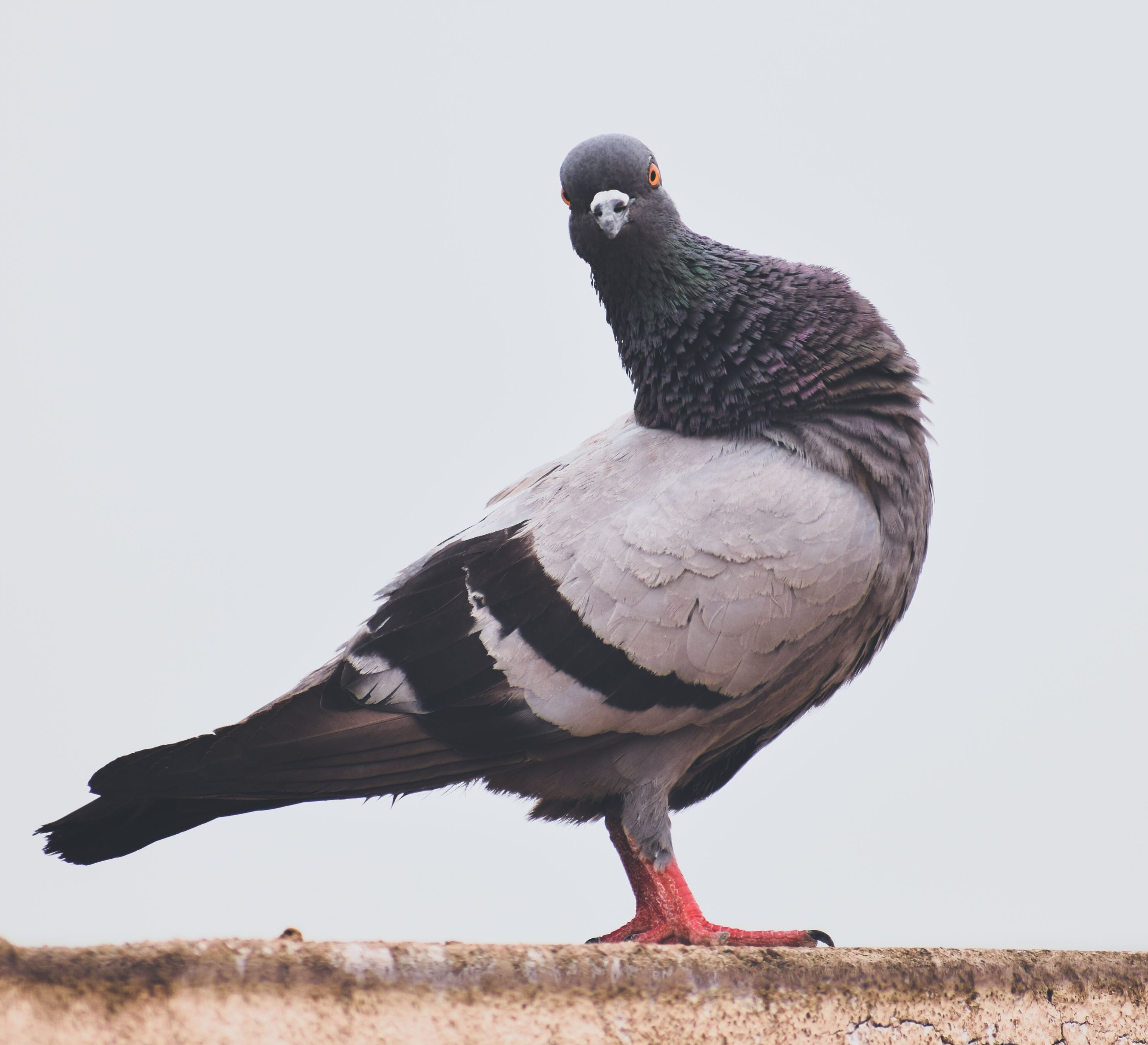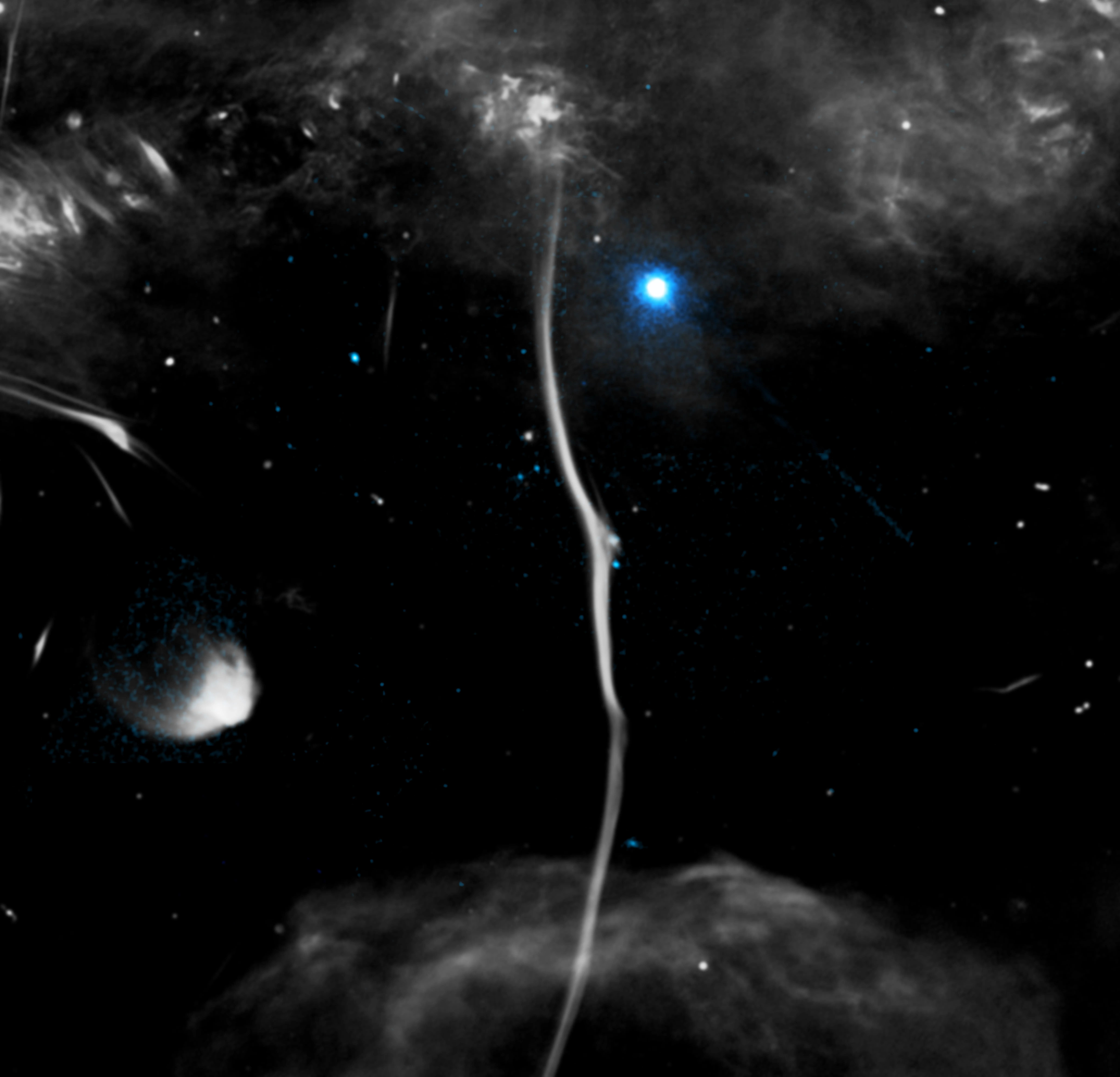Why Pigeons at Rest Are at the Center of Complexity Theory
Why Pigeons at Rest Are at the Center of Complexity Theory
Pigeons at rest may seem like simple creatures, but they actually play a crucial role in the study of complexity theory. These…

Why Pigeons at Rest Are at the Center of Complexity Theory
Pigeons at rest may seem like simple creatures, but they actually play a crucial role in the study of complexity theory. These seemingly mundane birds have the ability to exhibit complex behaviors and patterns that have fascinated researchers for decades.
Complexity theory studies how large-scale systems can exhibit emergent properties that are not present at the individual level. Pigeons, with their flocks and intricate social hierarchies, provide a perfect example of this phenomenon.
When pigeons are at rest, they engage in a variety of behaviors such as preening, cooing, and maintaining their pecking order within a flock. These behaviors are not random, but rather follow patterns and rules that can be analyzed and modeled using complexity theory.
By studying pigeons at rest, researchers can gain insights into how complex systems emerge from simple interactions between individuals. This knowledge can then be applied to a wide range of disciplines, from ecology to economics.
Pigeons at rest are also a key focus of research in the field of animal behavior and cognition. By observing how pigeons communicate, make decisions, and navigate their environment, scientists can gain a better understanding of the cognitive processes underlying complex behaviors.
Furthermore, pigeons at rest have even been used as model organisms in studies of complex systems. Their behavior can be simulated and studied in computer models, providing valuable insights into the dynamics of large-scale systems.
In conclusion, pigeons at rest are far from simple creatures – they are at the center of complexity theory and offer a wealth of knowledge about emergent properties, social dynamics, and cognitive processes in complex systems. By studying these seemingly ordinary birds, researchers can unlock the mysteries of complexity in the natural world and beyond.





